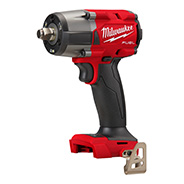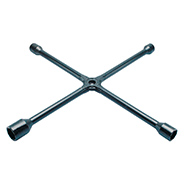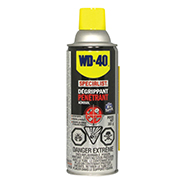It may surprise you how simple some auto maintenance tasks can be if have the right tools and a bit of optimism. If you’re new to the world of DIYing, learning to change your tires at home, for example, is a great skill to start with—and it’ll save you money!
How to Change Tires

Choosing Tires
If you’re switching to or from winter tires, the first thing you’ll need is a new set.
As long as you get the right size, choosing (winter) tires is mainly a matter of preference. Your owner’s manual will have all the recommended tire sizes for the trim levels of your particular make and model.
Once you know what size to get, you can research the tire brands available. You’ll know a tire is suitable for winter if it has the letters “M” and “S” or a 3-peaked mountain/snowflake symbol printed on the sidewall.
If you’re reusing a set of tires you already own, inspect them for any cracks, bulges, or missing pieces that may indicate they need to be repaired or replaced.
In Canada, put your winter tires on when the temperature first drops below 7°C, before the snow. When the weather is consistently above 7°C, you can switch back to your regular tires.
Tools & Equipment
Before you start your tire change, gather the following tools:
You’ll also need a flat, level surface to work on.
Setting Up
Once you’ve gathered your tires and tools and secured a clear space, move the car into position. Make sure the car is in park with the emergency brake on and the ignition off.
Sort the new tires by which side of the car they’ll go on and position your other tools near the vehicle. If you’re reusing tires from the previous year, ensure you’re putting them on a wheel different from last time. Otherwise, they’ll wear down the same parts of the tread, and you’ll need to purchase new tires sooner.
Changing a Tire
Now, it’s time to get to work!
Change one tire at a time. Start by loosening the wheel lugs using a breaker bar and socket. A single counter-clockwise turn should be enough. Alternatively, you can use an impact wrench or lug wrench. If the nuts are stiff or rusty, apply some rust release. Don’t remove the lug nuts.
Look for jacking points underneath the vehicle. They’ll typically be on the suspension anchor points, frame rails, or pinch points, but your owner’s manual can confirm the best spot.
Slowly lift the car up with the jack until the tire is about two or three inches from the ground. Once the vehicle is up, position a jack stand nearby.
With the vehicle securely raised, finish unscrewing the lug nuts and set them aside. Remove the current tire by pulling it toward you. Mark it with chalk so you know what position it was in—for example, “FP” for “front passenger.”
While the wheel is off, inspect the brakes. If you notice any surface rust on the drum or disc, clean it with a steel brush.
Place the new wheel over the protruding hub bolts or in line with the wheel nut slots. Place the lug nuts back onto the wheel and tighten them with your hands, one at a time.
Lower the jack until the wheel is just touching the ground. Tighten the lug nuts with a torque wrench in a star pattern. Once everything’s tightened, finish lowering the jack and remove it.
Repeat this process for the rest of the tires.
After you’ve changed all the tires, go for a drive. Then torque the wheels again.
Lastly, check the air pressure of each tire. You can typically find the manufacturer-recommend pressures on the inside of the driver-side door.
Flat Tires
If you have to change a tire on the road, you may not have all these tools in your trunk. In the case of a sudden flat tire, you can get by with a scissor jack and lug wrench. (You may find these in your vehicle if it’s newer.) Follow the same steps, but take some extra precautions.
First, pull over to the right as far as you can and turn on your hazard lights. After taking the flat tire off, place it sideways under your vehicle near the jack. This can help protect you and the vehicle in case the jack accidentally slips or collapses.
If you aren’t able to change the tire or forgot a spare, try some of these quick-fix solutions until you can get home or to a repair shop. If your tire is in really bad shape, call for roadside assistance.
Keep an emergency kit in your car to help you manage unexpected situations like this on the road.
Other Tips
Once you know how to change tires, you can keep up with other tire maintenance, including tire rotation.
For more tips on changing tires yourself, check out this article. If you have any questions, consult an expert at a NAPA Auto Parts store.







